Best ways to add 'minari' to your table
More than a garnish, this parsley-like plant is popular in Korean stews, stir-fries, barbecue and fusion dishes
By Shin Ji-hye, Song Seung-hyun, No Kyung-min
Published : May 5, 2024 - 16:01
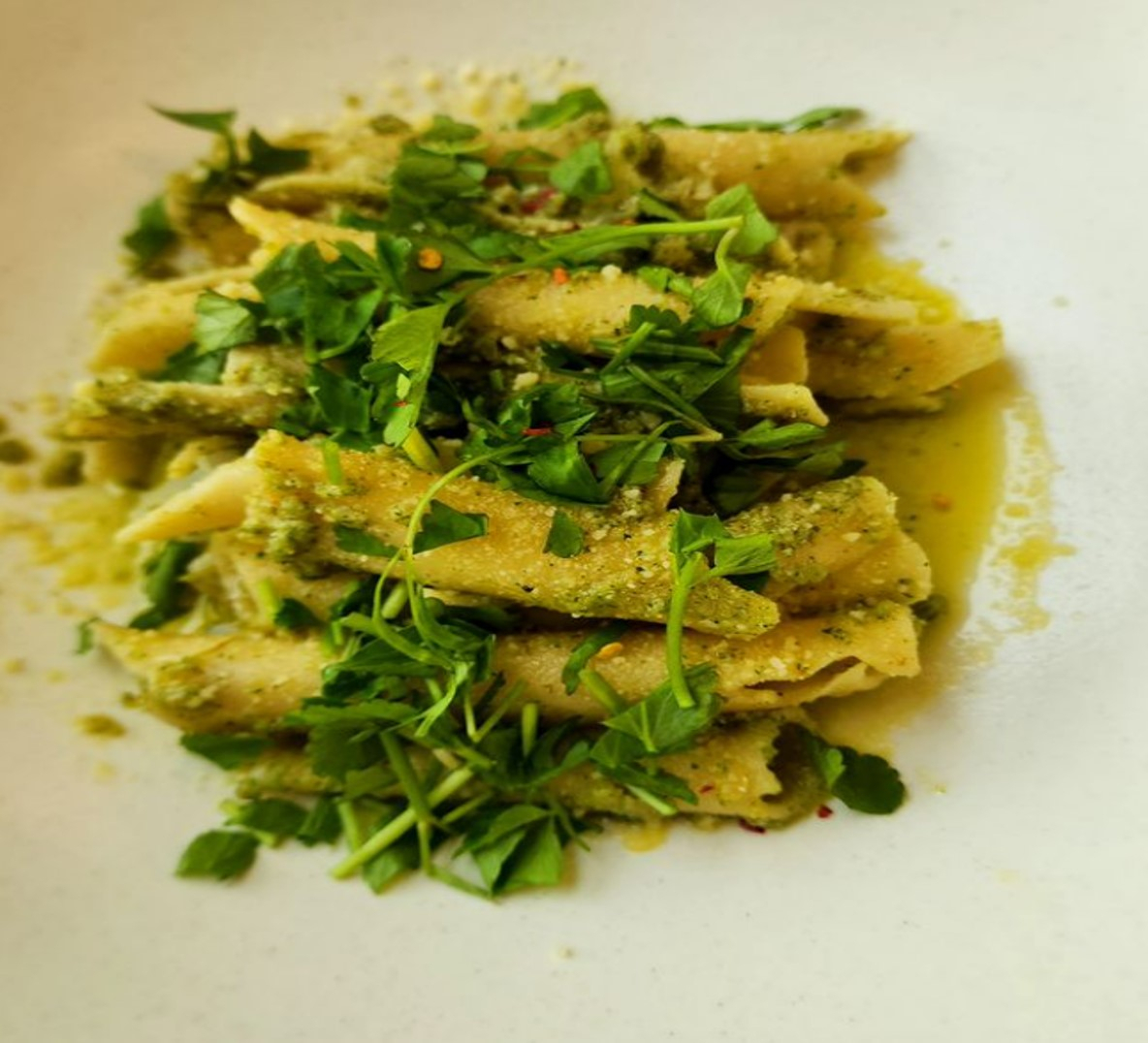
In the 2020 Oscar-nominated film "Minari,” the eponymous Korean herb, which one of the characters explains “thrives where there is water,” symbolizes the resilience of the movie's Korean American immigrant family.
While the film may have introduced minari to a wider audience, it fell short of exploring its varied uses in Korean cuisine, known for its light herbal taste, refreshing aroma and detoxifying properties.
Native to East and Southeast Asia, this plant has the botanical name, Oenanthe javanica, but goes by a number of names overseas, such as water celery, watercress, dropwort, Chinese celery, Indian pennywort and Japanese parsley.
While it is found across much of Asia, South Korean cuisine features extensive use of this vegetable.
It can be found in stews, sizzling stir-fries and even in barbecue not just as a garnish but often as one of the main vegetable ingredients.
Here are some of the ways that Koreans savor minari, available from stores year-round but known for peak flavors during the spring months.
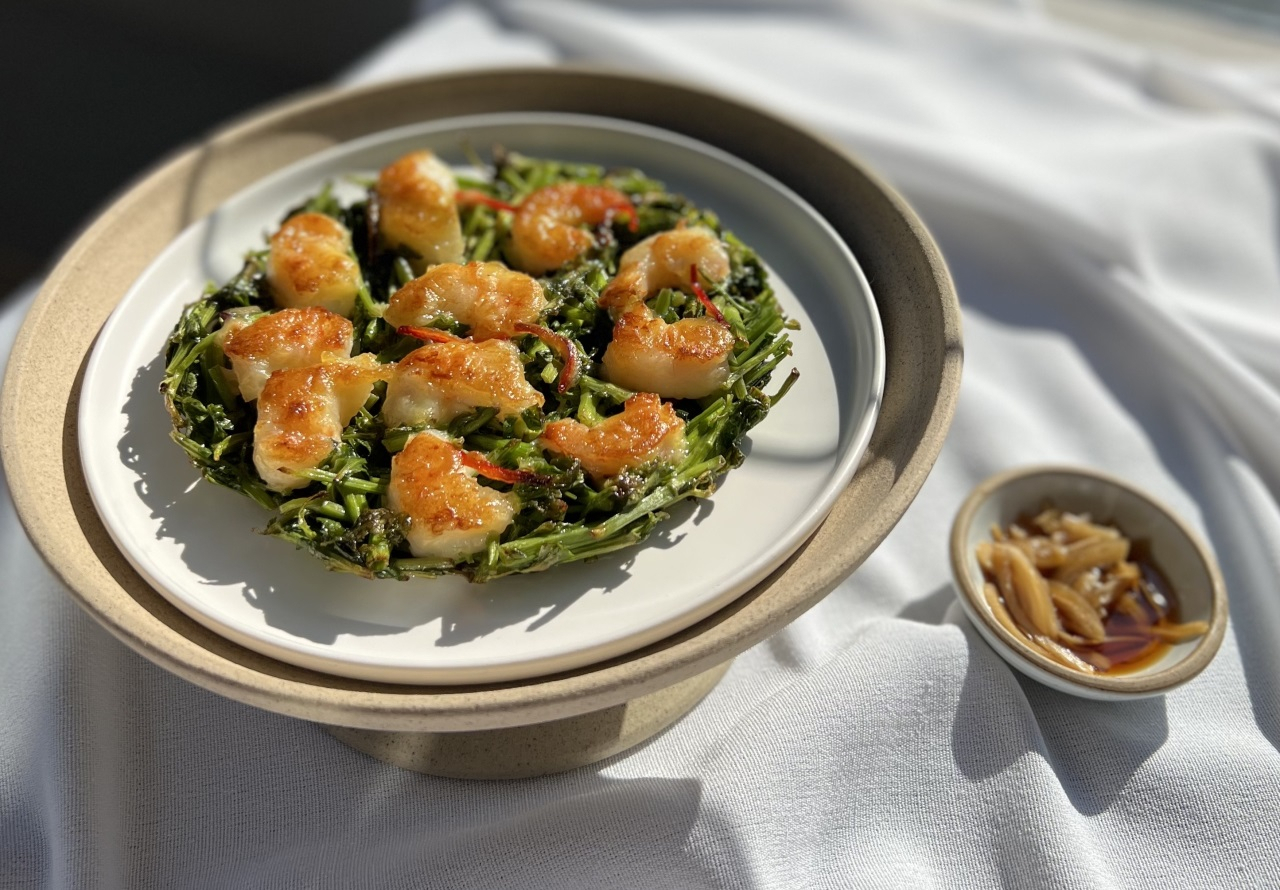
Stir-fried
A languishing bunch of minari in the refrigerator can be given a delightful transformation into minari jeon, savory pancakes.
This dish is also a great way to introduce children to the unique flavor and texture of minari, which could be less appealing when served raw or on its own as a side dish.
Last year, actor Ryu Soo-young, known for his approachable recipes on KBS' entertainment show "Star's Top Recipe at Fun-Staurant," offered a simple way to cook minari jeon that anyone can follow.
Cut the minari into 4- to 5-centimeter pieces.
Mix the chopped minari with Korean savory pancake mix or flour, and water to create a thin batter.
Heat a frying pan with some oil, pour the batter as pancakes and fry until golden brown and crispy, adding additional oil around the edges as necessary.
The beauty of minari jeon lies in its versatility. Feel free to incorporate leftover ingredients you have on hand, such as shrimp, squid, clams, thinly sliced beef, onions or red chili pepper slices, into the batter for added flavor and texture.
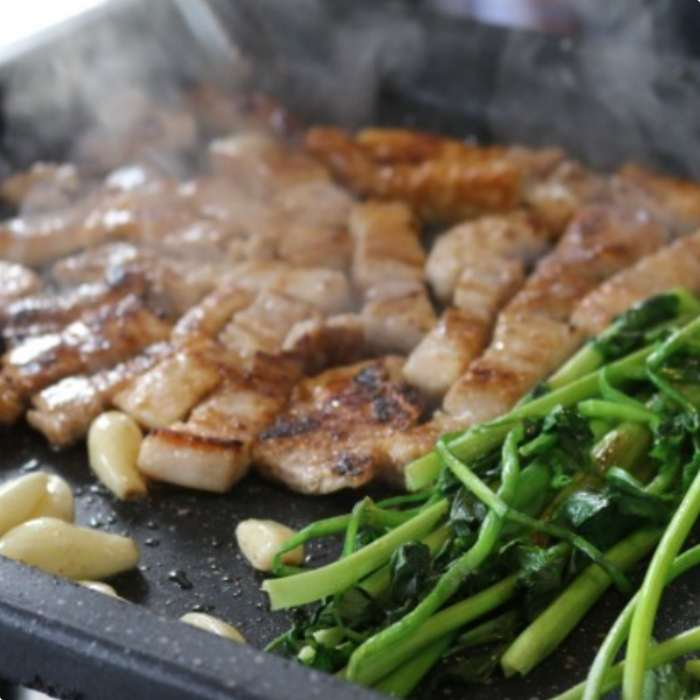
Grilled with pork
A simple, yet popular way to enjoy minari is by pairing it with samgyeopsal, or Korean pork belly barbecue.
The pairing of the herb with the fatty cuts of pork is believed to have originated in the southern city of Daegu and has been popular in Korean restaurants nationwide in recent years, especially in spring.
The combination is a delightful one, as grilled minari's freshness and crunchiness go well with the richness of the pork belly. Some say the plant's unique fresh scent helps counteract the strong smell of the pork.
For a healthier variation, consider steaming the pork with minari in a steamer.
Once the water boils, simply steam over medium heat for about 10 minutes. Fermented soybean paste doenjang or spicy Korean paste ssamjang make excellent dipping sauces.
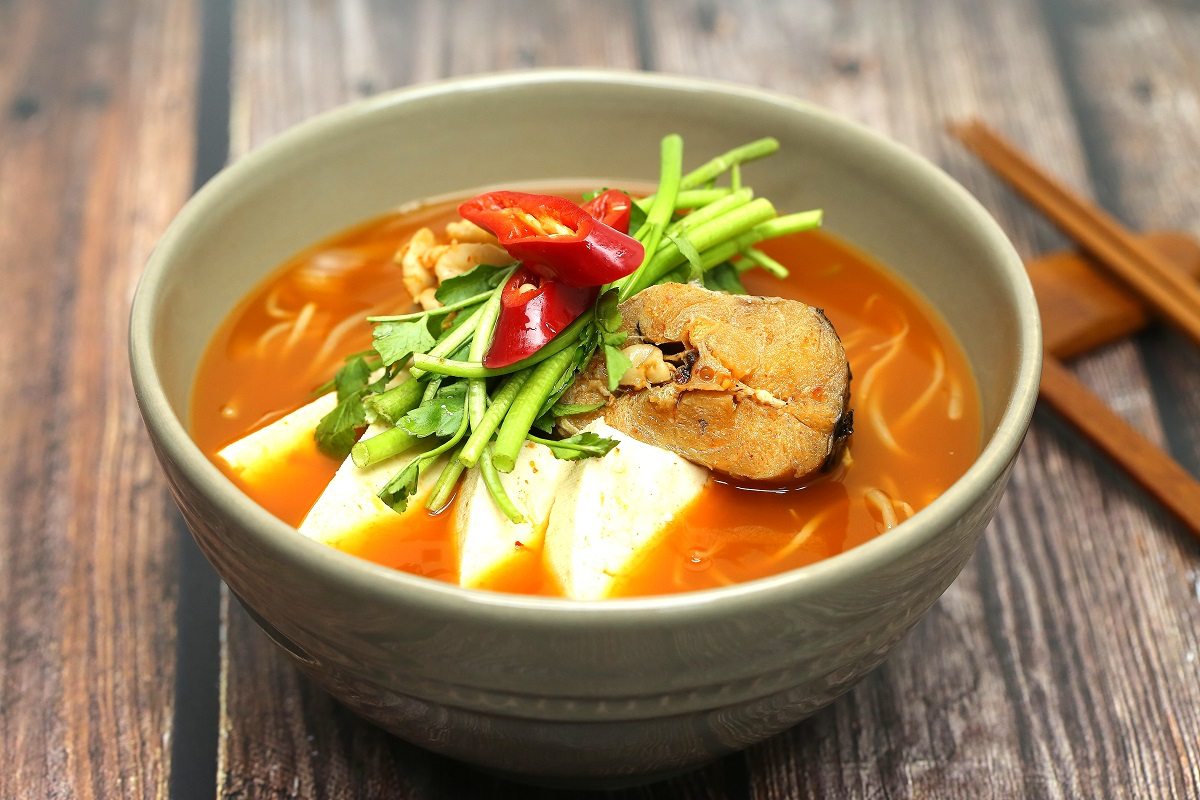
In stews
In Korea, minari frequently appears in stew dishes, especially in the spicy fish stew called maeuntang.
One of the most renowned examples is Alaska pollock stew, or “dongtae jjigae,” which benefits greatly from minari's fresh herbal flavor. In this stew, minari serves to neutralize the fishiness and temper the spiciness, while its vibrant green color garnishes the dish, contrasting with the stew’s usual red hue. Puffer fish stew is another stew that almost feels incomplete without minari.
Besides fish stews, they also serve important functions in meat-based stews like duck stew or Korean army base stew by helping balance the oily flavors and elevate the taste of the dishes.
For optimal flavor, this parsley-like plant is best added to stew dishes towards the end of the cooking process to ensure the preservation of its herbal aroma and texture. From a nutritional perspective, blanched minari contains elevated levels of beta-carotene, an antioxidant that the body converts into vitamin A upon absorption.
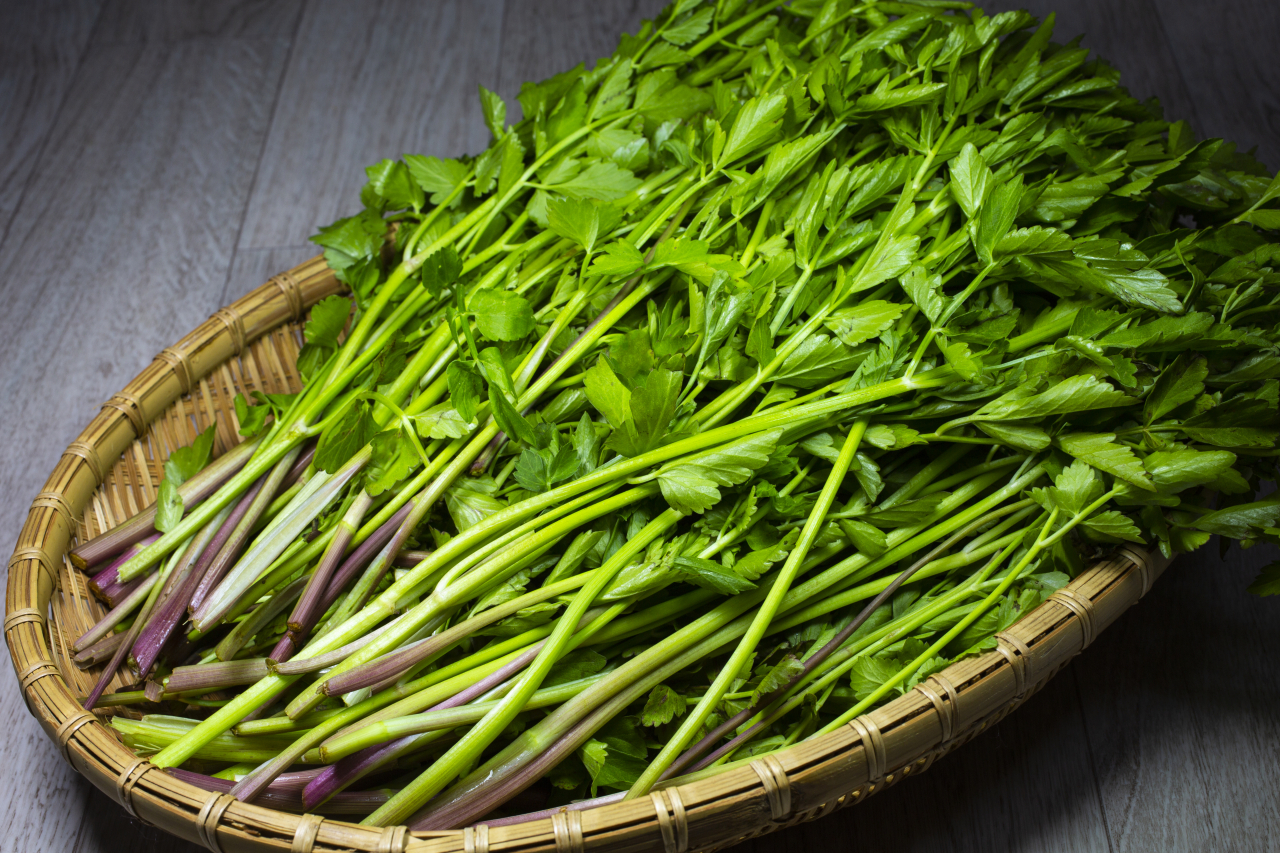
With pasta
For a while now, pasta enthusiasts and chefs in Korea have been exploring fusion dishes combining local plants with Italian cuisine, infusing traditional Korean flavors into their pasta creations.
Minari, with its subtle aroma and fresh taste, has emerged as a delightful addition to cream and oil-based pasta dishes. Its versatility shines as it harmonizes perfectly with ingredients like garlic, olive oil and cheese.
One cooking method is straightforward. First, cook the pasta in ample water. In a separate pan, begin by sauteeing garlic in olive oil, then add blanched minari. Add the boiled pasta and sautee everything together.
If you like, you can try adding minari to tomato or other sauces for pasta as well.
Minari pasta is especially popular in the spring, as it is one of the first spring herbs to sprout. You can also try similar combinations with other seasonal vegetables like chamnamul or mountain garlic, both of which have distinct herbal flavors as well. If chamnamul is chopped like parsley and used to garnish an oil or cream-based pasta or risotto dish, you can enjoy its subtle scent.









![[Graphic News] How much do Korean adults read?](http://res.heraldm.com/phpwas/restmb_idxmake.php?idx=644&simg=/content/image/2024/05/16/20240516050803_0.gif&u=)










![[Herald Interview] Byun Yo-han's 'unlikable' character is result of calculated acting](http://res.heraldm.com/phpwas/restmb_idxmake.php?idx=652&simg=/content/image/2024/05/16/20240516050855_0.jpg&u=)
